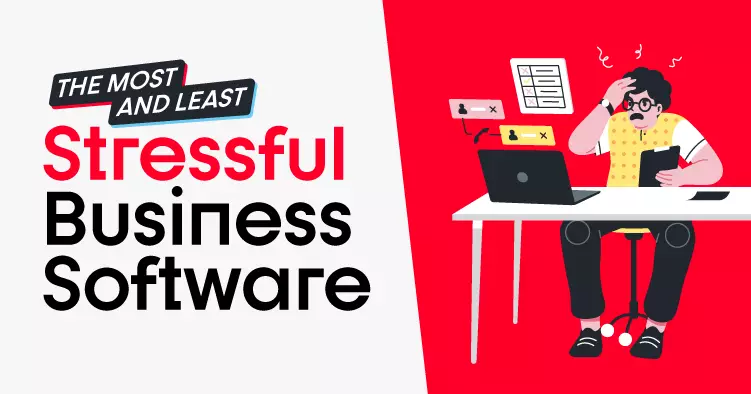In the fast-paced realm of modern business, stress often lurks in the shadows, undermining productivity and employee morale. A staggering 94% of workers report feeling stress at work according to The American Institute of Stress. The consequences of this pervasive issue are alarming: one million Americans miss work daily, leading to a staggering loss of $500 billion in productivity annually. While many organizations are eager to adopt new technologies to combat workplace challenges, not all software solutions deliver optimal results. In fact, the sheer volume of software choices has a dual effect; it can streamline operations or exacerbate existing stressors.
The COVID-19 pandemic acted as a catalyst for accelerated software adoption, as workplaces transitioned to remote settings. Tools that could facilitate communication and ensure seamless productivity became lifelines for countless businesses. According to data from Bugsnag, web conferencing applications experienced a staggering 627% increase in downloads during early 2020. While this technological surge showcased the best of what modern software can offer—highlighted by the rapid rise of platforms like Zoom—it also illuminated a darker truth: many programs exacerbate user stress levels due to bugs, errors, and frustrating interfaces.
The Hidden Costs of Software Stress
Understanding which software applications contribute to workplace stress should be a top priority for organizations aiming to enhance their productivity. A recent study conducted by OnDeck highlighted the disparity in stress levels among different software categories, utilizing platforms such as TrustRadius to gauge user sentiment. Impressively, they leveraged algorithms like TensiStrength to analyze reviews, categorizing those marked with negative sentiments. Alarmingly, they discovered that 58% of reviews for the anti-malware tool, Malwarebytes, indicated a stressed sentiment. This raises pertinent questions about the relationship between necessary but complex software solutions and employee well-being.
Interestingly, the finance and accounting categories emerged as the most stressful, with an average of 26.8% of reviews expressing stress. Software products within this niche, such as Gusto and Paychex Flex, were particularly notorious for high stress levels—often due to inadequate customer support and frustrating user experience issues. In stark contrast, the marketing software category, with a significantly lower 11.4% stress rate, proved to be far more palatable for users.
The Psychology Behind Software Management
Delving deeper into the psychology of software usage sheds light on how varying applications affect user emotions. Financial applications that manage money and payroll often evoke anxiety due to the high-stakes nature of their function. Tools like Gusto have reported nearly 44% stress in user reviews, highlighting the importance of supportive customer service in navigating complex financial challenges. Conversely, marketing software like Sprout Social presented a refreshing contrast with just 1.8% stress in user feedback, indicating that effective design and user experience significantly contribute to overall satisfaction.
This psychological complexity becomes especially germane when examining the fallout from the pandemic. With the shift to remote work, many companies faced unprecedented pressures to maintain efficiency. Programs like Zoom skyrocketed in usage, but they were not without faults. A comparison of stress levels between various communication tools shows that options such as Dialpad Meetings, which had only 12% of stressed reviews, could present more user-friendly alternatives while still meeting business needs. Such insights reveal that user experience, particularly regarding communication tools, is critical in a remote work environment.
Navigating the Tech Landscape for a Healthier Work Environment
As companies continue to embrace digital transformation, selecting the appropriate software becomes crucial for ensuring a productive workforce. The landscape of applications is vast and nuanced, emphasizing the importance of not merely focusing on star ratings or popularity. Instead, businesses ought to pay close attention to stress indicators and user sentiments when evaluating software products.
The data suggests a clear call to action for organizations: prioritize mental health by optimizing the software stack. Tools like BambooHR stand out as lower-stress alternatives in HR management, offering relief against the more stressful options without sacrificing functionality. An organization’s capacity to reduce stress through technology can significantly influence overall workplace morale and efficiency.
Amidst this technological whirlwind, it’s essential to recognize that stress is not just an individual concern; it permeates workplace culture and impacts organizational performance. The experience of users directly reflects the quality and usability of software. As businesses forge ahead in this digitally-driven landscape, being aware of stress-inducing software can save time, money, and, most importantly, the well-being of employees. Let the lessons learned in this pandemic serve as a benchmark for future decisions, as it’s not solely about installing the latest tools but ensuring they foster a supportive and productive work environment.


Leave a Reply